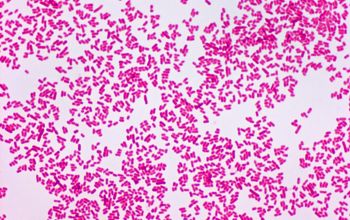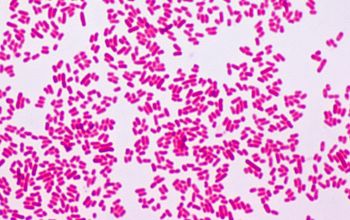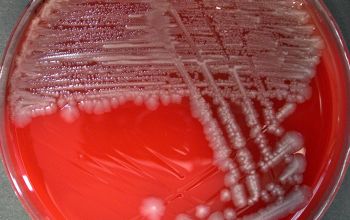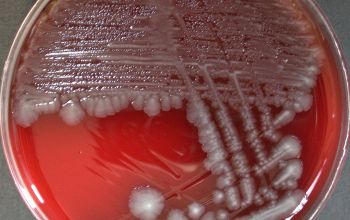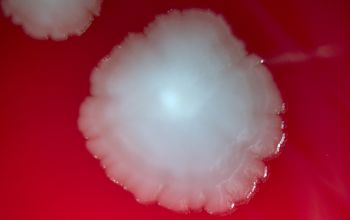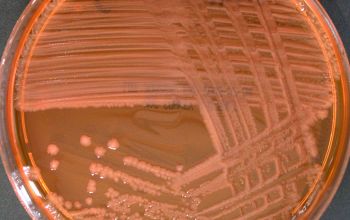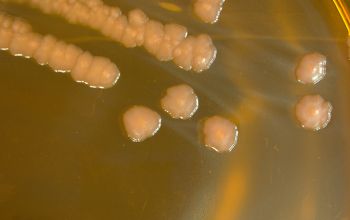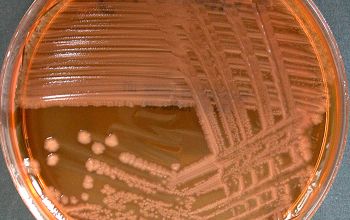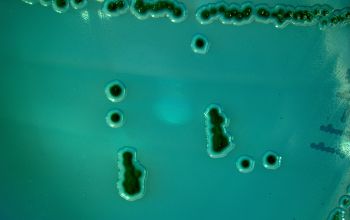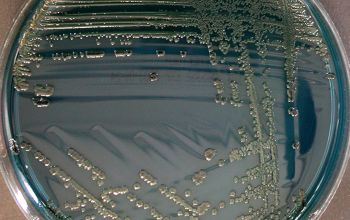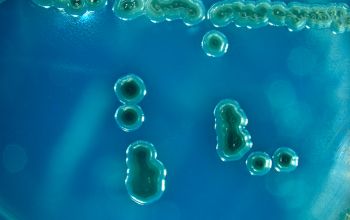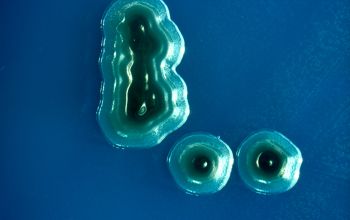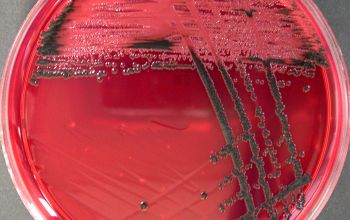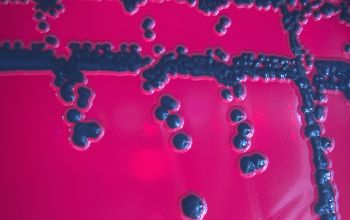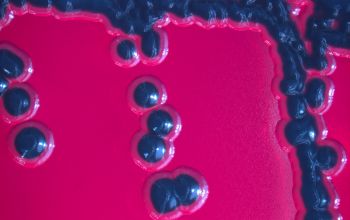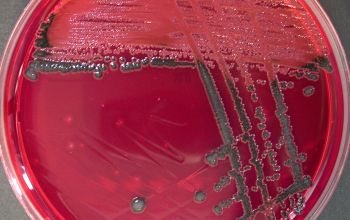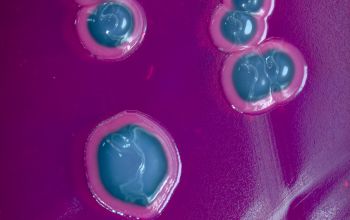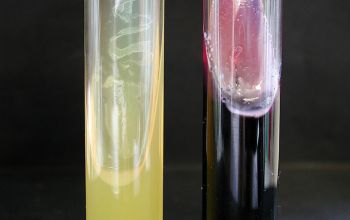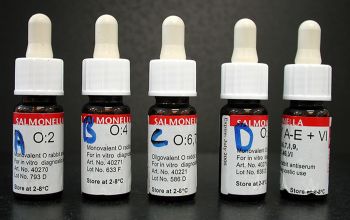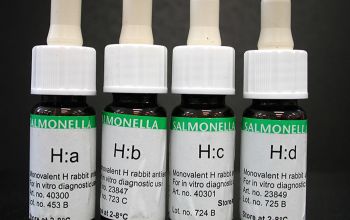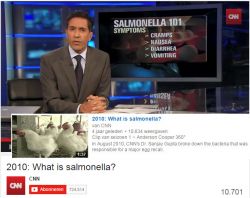Salmonella typhimurium (Salmonella enterica subsp. enterica serovar Typhimurium)
-
General information
General information
An isolate is confirmed as Salmonella when the specific O serogroup has been determined and biochemical identification has been completed
Taxonomy
Family: Enterobacteriaceae
Natural habitats
Salmonella is ubiquitous in animal populations, and human illness is usually linked to foods of animal origin.
Salmonellosis also is transmitted by direct contact with animals, by nonanimal foods, by water, and occasionally, by human contact.
Clinical significance
Strains of Salmonella are categorized as typhoidal and nontyphoidal.
Nontyphoidal infection
Usually cause an intestinal infection (accompanied by diarrhea, fever and abdominal cramps) that often lasts one week or longer.
They can also cause extra intestinal infections, e.g., bacteremia, urinary tract infection, or osteomyelitis, especially in immunocompromised persons.
-
Gram stain
Gram negative rods,
2-5 x 0.7-1.5 μm
-
Culture characteristics
-
Facultative anaerobic
Selective media for the isolation of Salmonella and Shigella from clinical specimens
XLD / xylose lysine desoxycholate agar
Salmonella cannot ferment xylose ► red colonies, possible with black discoloration.
Enterobacteriaceae ferment xylose ► yellow colonies
HEK / hektoen agar
These bacteria grow with green to blue-green colonies on the agar, possible with black discoloration.
BA: colonies are 1-3 mm, usually the S-type, they are large, gray-white and smooth.
After subculturing there are also R-type ("rough" form), these are grainy, with an irregular surface and a serrated edge.
McConkey: colonies are pale, non lactose fermenter
BBAØ: growth
Antigen
Salmonella can be further identified by its possession of somatic (O) and flagellar (h) antigen.
-
-
Characteristics
-
References
James Versalovic et al.(2011) Manual of Clinical Microbiology 10th Edition
Karen C. Carrol et al (2019) Manual of Clinical Microbiology, 12th Edition


